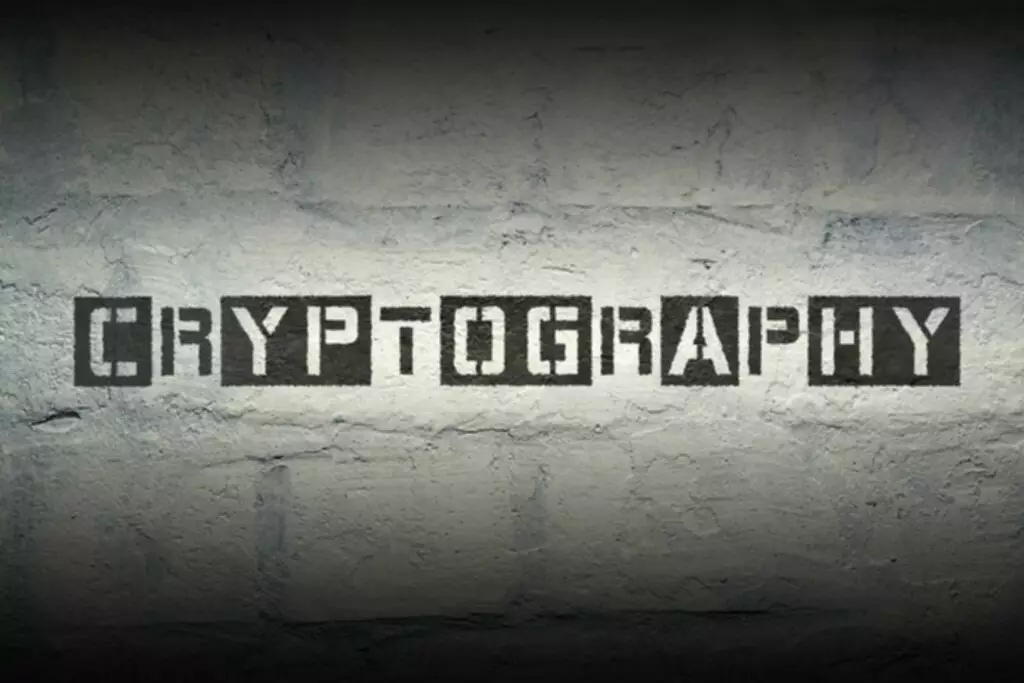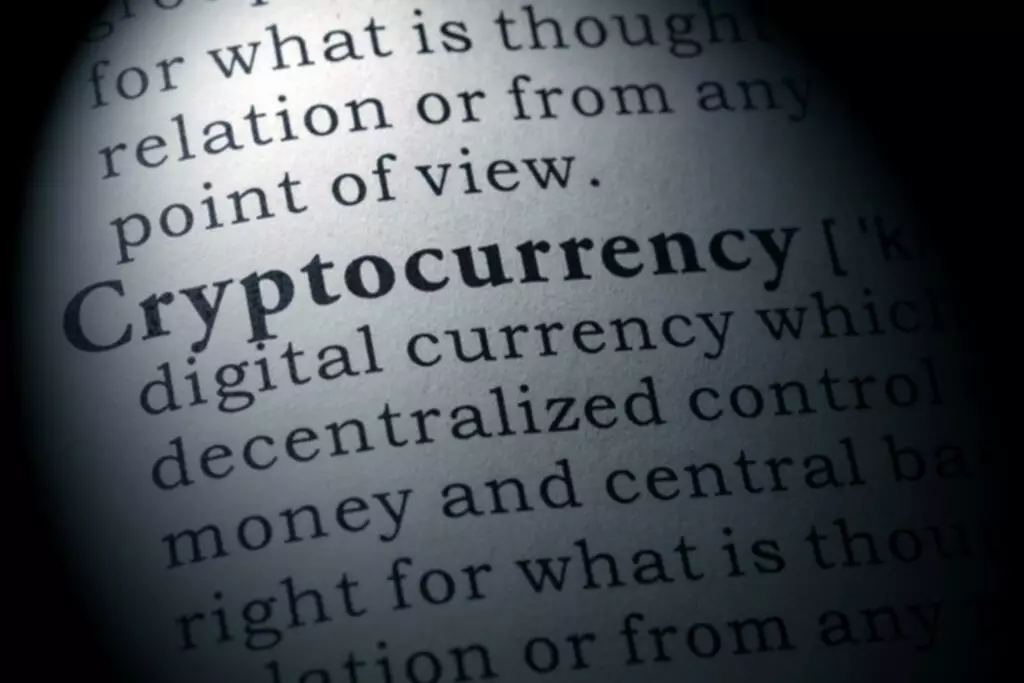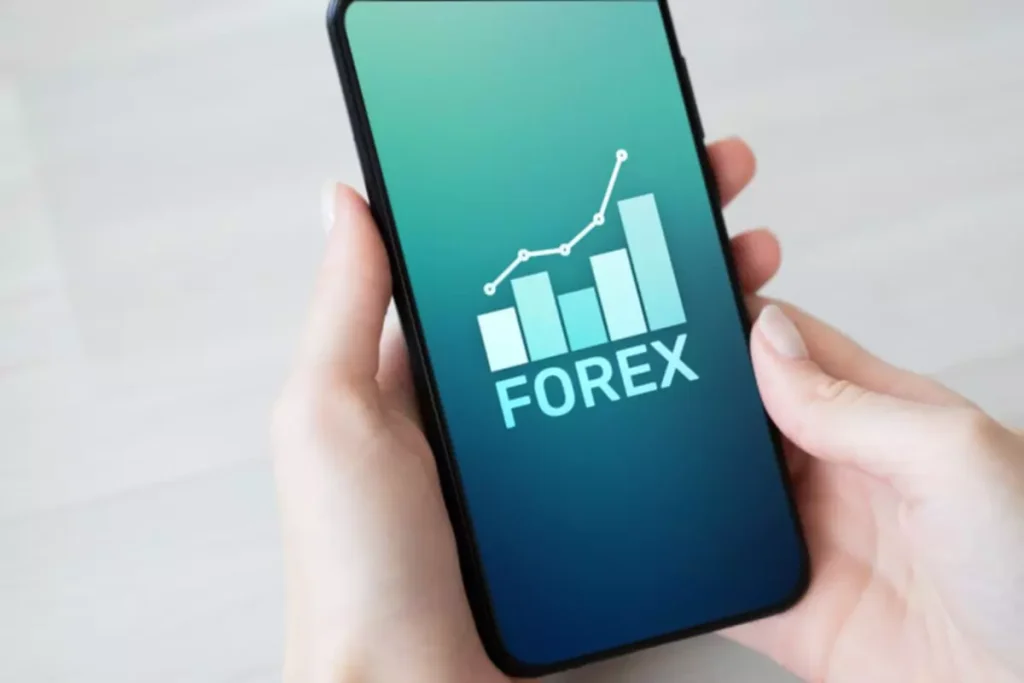What Happens When Crypto Tokens Are Burned? Js Magazine
Content
Smart contracts are digital agreements that execute when certain criteria have been met. Say a project wants to implement a coin burn every 200,000 blocks, they will create the burn function to include this instruction. If they do hold a valid number of coins, they will be extracted from that wallet, eventually updating the total supply and burning the coins.
So there was no financial goal behind this massive burn—but at least charities got a bunch of crypto cash to use for good. Algorithmic stablecoins seek to overcome this by creating coins of stable value via control of the supply. Account abstraction is the process of making it easier for users to interact with blockchain by customizing… A lower low is when the price of a cryptocurrency closes lower than the previous day, which itself closed a… Logarithmic Finance is an innovative swapping protocol, designed to facilitate connectedness between early-stage creators and investors in new and upcoming crypto ventures.
One way to accomplish this is to automatically burn a portion of each transaction fee. That’s because the PoB consensus mechanism, which requires burning coins to validate transactions, helps to stimulate the mining of new coins. So this permits a balance between the new users and the old guard. https://xcritical.com/ Some coins use proof-of-burn as a consensus mechanism on the network. This requires both miners and users to burn some of their coins on a regular basis. Proponents of this method consider it an efficient way of verifying transactions because it does not use any real-world resources.

Coin burning is the process of sending cryptocurrency to a dead wallet address, taking the coins out of circulation forever. POB is used by crypto miners to show that they are involved in the network so that they can be granted access to mine crypto tokens. The more coins a miner burns, the bigger the virtual mining rig will be provided to them in exchange .
How Does Burning Coins Work?
Using metrics from the same period and considering the same crash factor, the price has remained around $0.28 to $0.31 from November 2019 to August 2020. There are a number of reasons, which we’ll explore in this article. While some view burnings with a skeptical eye, there’s no arguing that this strategy has become more popular — particularly crypto burn meaning for new crypto that launch with a big supply. While fiat currencies are inflationary in nature and central banks can print them in unlimited amounts, some cryptocurrencies are deflationary in nature and have fixed supply limits. If you’re looking to purchase BNB, the list of exchanges that support it is a little more limited.
Most of the time, it’s the developers of a cryptocurrency who decide to burn a certain amount. Coin burning reduces the supply, making tokens of that cryptocurrency scarcer. That scarcity can lead to an increase in price and benefit investors. CoinDesk is an independent operating subsidiary of Digital Currency Group, which invests in cryptocurrencies and blockchain startups. As part of their compensation, certain CoinDesk employees, including editorial employees, may receive exposure to DCG equity in the form of stock appreciation rights, which vest over a multi-year period.
Why rollups are the future of Ethereum
This process is written into the project’s code and implemented at various increments as outlined in the whitepaper. While Bitcoin doesn’t make use of coin burning, many projects on the Ethereum network, particularly ERC-20 tokens, have been known to implement it. In basic terms, crypto burning is a method employed by projects in which they slash or downsize a digital token’s supply. It has become a common operation among crypto token projects, and is often carried out manually as part of an attempt to increase a token’s price to benefit and attract investors.

Maintaining a certain degree of scarcity makes everyone holding those coins a little richer. Owners may accomplish this through a burn mechanism, providing periodic burn schedules, or as a one-off event. • Some blockchains use more complex forms of PoB, such as burning native tokens in exchange for credits. Holders can then use those credits to perform a function on the blockchain.
Burning coins involves taking them out of circulation and destroying them forever, permanently reducing the available supply of that token. The exact reasons for doing this can vary, from platforms that essentially program coin burns into their protocol, to crypto developers that simply want to see a price bump. Obviously, crypto burning has some upsides for the platform and for certain users, but as more projects embark on coin burnings, it pays to keep the downside in mind as well. Each coin or token that is burned diminishes the supply and may have an effect on the price. Of course, the result depends on other things, too, such as the coin’s demand. The initial supply size will also determine whether or not the price is significantly impacted.
Community
Post burning, the token reached a market capitalization of US$20.37 billion, clearly showing that token burning is an effective strategy to cause a rise in the token’s value. Coin burning or crypto burn is a mechanism that involves removing a particular number of crypto coins from circulation. A cryptocurrency is transferred to a digital wallet referred to as an eater address or burn address. This burn address wallet isn’t accessible to anyone and there is no way to take the burnt coins back from the wallet. Diving right in, a coin burn is the process of removing a certain number of tokens from circulation by sending them to an invalid address, a “black hole” of sorts.

Burn or burning of coins or tokens means permanently removing that digital asset from circulation, effectively reducing the total supply of the asset. Tokens are usually burned by the development teams behind the crypto asset mainly for deflationary purposes. In the recent case of Shiba Inu, token burning did exactly that. Nearly 41% of the entire supply (which was worth US$6.7 billion) of Shiba Inu was burned by Ethereum co-founder Vitalik Buterin in May this year. This led to excitement about a price rally among the token’s investors on social media.
Cryptocurrency Investing Today
The tokens represented around $4.5 billion in value at the time, which the company said made the event one of the largest layer 1 token burns ever. The LUNA token set a new record high price in the following days. The purpose of the burn was partly to remove value from Terra’s community pool, where founder Do Kwon argued it was not needed. In a sense, the burn transferred value from the pool to individual holders of the token. A cryptocurrency airdrop is a marketing stunt that involves sending free coins or tokens to wallet addresses to promote awareness of a new currency. There is no evidence yet that burning cryptocurrency tokens increases the value of that specific cryptocurrency.
- It may involve buying back the coins from the market and burning them.
- Rather than paying miners/validators transaction fees for confirming transactions and securing the network, some cryptocurrencies use a mechanism in which transaction fees are burned.
- Some platforms might require you to choose your smart contract, click “write contract” and then access the burn function.
- Ripple, a top digital asset, also does this but uses a different method.
- Holders can then use those credits to perform a function on the blockchain.
Burning tokens changes the supply of crypto available, thus creating a deflationary effect . With a fall in supply, the number of tokens available becomes more valuable. The process of crypto burn is somewhat related to stock buybacks. There is a strategy where a company buys back its own shares from the market. This process reduces the number of available shares and increases each share’s overall value. In this way, crypto burning leads to increased token scarcity, which results in higher demand, hence balancing the supply-demand cycle of the token economy.
SoFi does not guarantee or endorse the products, information or recommendations provided in any third party website.
Promising New Cryptos To Buy During The Bear Market
If you’re interested in token burning, you need to know about smart contracts. Here is your ten minute crash course on this key crypto concept – thanks School of Block. First, let’s nail the basics – what exactly are we talking about?
Cryptocurrency is “burned” when a coin is sent to a wallet address that can only receive coins. In a boon to those who’ve chosen a HODL strategy, the owners could buy back tokens from holders and burn those coins, thereby increasing the value of everyone’s crypto. This might occur in lieu of traditional dividends which might trigger securities regulations. The burn process could occur as a one-time event or a regularly scheduled one. The owners of a crypto project sometimes burn coins on their network as a show of commitment toward scarcity.
Premium Investing Services
Token burning is a strategy followed by cryptocurrency projects to influence the price of a token, or coin, in the market. This is done by permanently removing some tokens from circulation. While the major cryptos don’t have token burning programs, many strong Altcoins use it.
So the project poses some pretty deep questions about the value of art, the value of money and your personal values. Here, we explain the practice of token burning, its various use cases within the crypto ecosystem, and dynamics to be aware of. Burning tokens can be similar to a company buying back its shares. The company “returns the value” to its shareholders in this way. Ethereum is a blockchain-based software platform with the native coin, ether.
What Is Cryptocurrency Burning?
The tokens are sent to a wallet address that cannot be used for transactions other than receiving the coins. The wallet is outside the network, and the tokens can no longer be used. To burn crypto tokens, they are transferred to a private address called an address eater. An address eater cannot be accessed by or assigned to anyone, thereby getting entirely removed from circulation. The burning of crypto tokens is recorded on the blockchain so that investors can see it and confirm that tokens have indeed been removed from the blockchain.
Before you invest in a project that undergoes coin burning it is important to note that coin burning does not guarantee an increase in the coin’s price. The increase in price will depend on the network, the market climate and the current sentiment. During the Shiba Inu coin burn, while the price rose considerably, it soon returned to a more stable and substantially lower level. Another significant way that crypto burning affects token economy is seen in the case of stablecoins.
It is generally not a good idea to hold significant amounts of cryptocurrency on exchanges. Cryptocurrency exchanges are periodically hacked, so leaving your crypto on an exchange exposes you to the danger of loss. Because of the implementation of EIP-1559 as part of the London Hard Fork on August 5, a large portion of each Ethereum transaction fee is now burned. According to Watch the Burn, 1,298,671 ETH has been destroyed since then. This built-in protocol has acted as a deflationary force, lowering ETH’s inflation rate from around 4% to roughly 1.25%. Digital Currency, also called digital cash, digital money, or virtual currency is any form of currency or money-like asset that’s only available in purely digital or electronic form.

